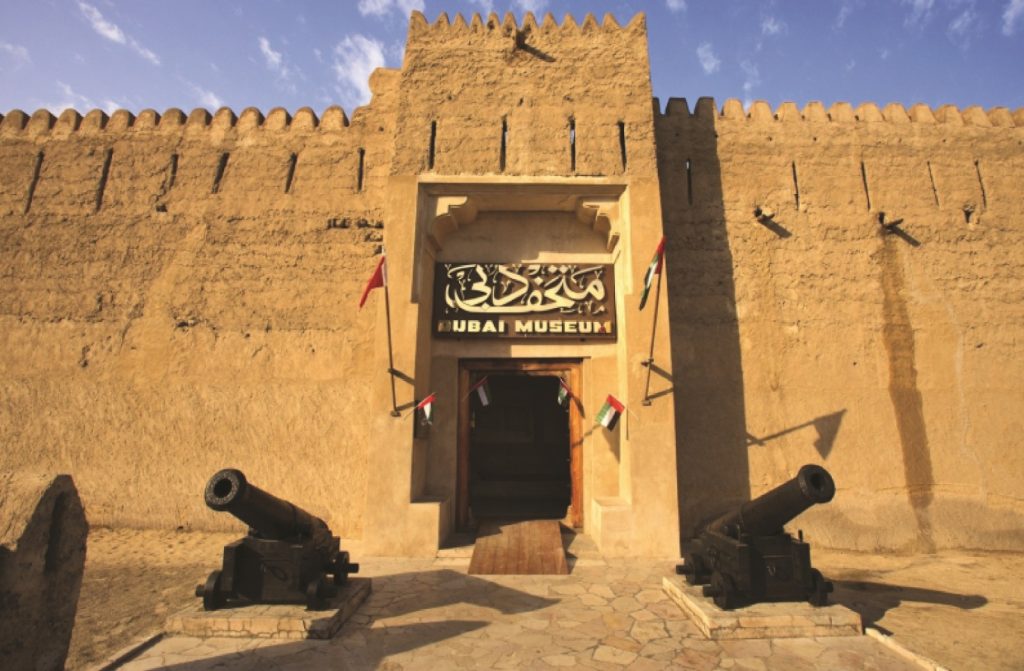If you’ve visited Dubai and think you’ve seen it all, think again. Some of the UAE’s most remarkable ancient forts lie outside the glittering skyline, often hidden in smaller Emirates like Fujairah, Ras Al Khaimah, and Sharjah. Booking a guided tour from Dubai makes these less-traveled sites accessible without the stress of navigating unfamiliar roads. Reputable local tour companies offer curated trips that focus specifically on historical architecture and the cultural evolution of fortresses in the region. These aren’t tourist traps — they’re UNESCO-nominated structures and living pieces of Emirati heritage.
Guided tours often begin early due to travel distance and climate considerations
Since most of these forts are located up to two hours from central Dubai, guided tours usually begin in the early morning. This helps avoid afternoon heat and ensures there’s enough time for detailed exploration. Guides typically provide background on the historical roles these forts played — from maritime defense to tribal negotiations. Some tours also include audio guides or multilingual interpreters, especially when visiting culturally significant sites like Fujairah Fort or Al Dhayah Fort. Group sizes are usually small, allowing for personal interaction and deeper storytelling.
You’ll need to plan at least half a day for each excursion
Ancient Arabian forts are rarely located near one another. Even though they may look close on a map, actual travel takes time, especially with desert routes or coastal detours. That’s why most guided tours cover one or two major locations per trip. For example, a tour might focus solely on Fujairah Fort and include a stop at the nearby Heritage Village. Others might pair Al Hisn Fort in Sharjah with a museum visit. Half-day tours are common, but full-day options allow more breathing room and often include traditional Emirati meals as part of the experience.
Fort interiors are minimally restored to retain authenticity
One of the defining features of these forts is that they haven’t been overly commercialized. Restoration projects follow the UAE Ministry of Culture’s guidelines, which emphasize preserving original mud brick structures, wind towers, and watchtowers. Don’t expect flashy LED displays or touchscreen guides. Instead, tours rely on the expertise of local historians who can describe how these spaces functioned centuries ago. Many forts still contain original wooden doors, coral-stone walls, and iron-bound gates. The idea is to transport you into a pre-oil era of trade routes, pearl diving, and tribal diplomacy.
Dress appropriately and bring essentials for long walks under the sun
Visiting ancient forts isn’t like strolling through a mall in Downtown Dubai. Most tours involve walking on uneven surfaces, climbing stairs without railings, and spending hours in open courtyards. Lightweight, breathable clothing is recommended, along with hats, sunglasses, and refillable water bottles. Footwear should be sturdy, especially for forts like Al Dhayah, which involves hiking up a steep hill. Tour operators usually provide shade breaks and hydration stops, but preparation goes a long way in making the trip enjoyable.

Booking through licensed guides ensures access and historical accuracy
In the UAE, not all historical sites are open for self-guided visits. Booking through licensed operators often includes access to restricted zones, plus the benefit of certified guides trained by local heritage authorities. Some forts are closed on certain days for maintenance or religious observances, so verified tour groups are better equipped to adjust routes accordingly. These operators also have insurance coverage, ensuring you’re protected throughout the journey. Look for tours that mention heritage certification or collaboration with municipal tourism offices.
Many packages include cultural add-ons like traditional music or cooking sessions
To deepen your experience, some tour operators bundle fort visits with cultural workshops. These may include live performances of Al Ayyala dance, Arabic coffee ceremonies, or brief introductions to regional calligraphy. One particularly memorable experience is a cooking session featuring dishes native to the areas around the forts, such as harees or machboos. These additions are usually optional but offer a richer sense of place. They’re especially popular during the UAE’s winter tourism season, when outdoor activities flourish.
Transportation is included in most tours, often with hotel pickup from Dubai
For visitors based in Dubai, the convenience of door-to-door service cannot be overstated. Most guided tours provide air-conditioned transport with hotel pickup and drop-off options. This is especially useful if the fort being visited is in a remote area with limited public transportation. Vehicles are usually SUVs or minibuses, depending on group size. During long drives, guides often share stories about the landscape or play short documentaries to give historical context before arrival.
Photography is usually welcome but with cultural sensitivity
While most forts allow photography, it’s important to remain respectful. Flash photography is often discouraged inside rooms that contain sensitive artifacts or original architectural elements. Always ask your guide before taking photos of people, especially if there are staff or local artisans present. In some cases, photography may be limited during religious events or national celebrations. Guides are usually quick to inform the group of any temporary restrictions or etiquette updates, especially in Sharjah and Ajman, where heritage rules are stricter.
Off-season tours offer more privacy and deeper immersion
Tourism in Dubai and the broader UAE is highly seasonal. If you want to explore these historical treasures in relative peace, consider booking your trip outside peak winter months. Summer may be hot, but early morning or sunset tours are still operational and often less crowded. Off-season visits also make it easier to have extended conversations with guides and explore areas that are usually crowded. However, always confirm tour availability in advance, as some operators reduce their schedules during slower months.
This article was created by the www.few.ae team, dedicated to offering culturally rich and locally grounded travel content for every curious mind.


 then "Add to Home Screen"
then "Add to Home Screen"